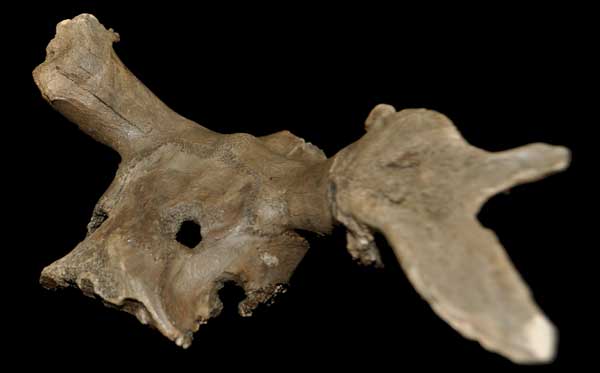
Some remarkable finds from Britain’s Stone Age are being assembled for the first time for After the Ice: Yorkshire’s Prehistoric People which opens on Friday, May 24.
Deer skull head-dresses dating from 11,000 years ago, bone harpoons and amber jewellery which was brilliantly preserved in peat are among the highlights of the exhibition which will tell the story of the people of Yorkshire in the Mesolithic period.
Other exhibits include a wooden paddle, shale beads and planks believed to show some of the earliest evidence of carpentry in Europe.
The objects, on loan from museums all over the country, come from Star Carr near Scarborough, home to ancient settlements which once stood on the shores of a huge lake. Star Carr has been investigated by archaeologists since 1948, among them researchers from the University of York.
The ancient finds will be displayed alongside digital content giving visitors a taste of the sights and sounds that our ancestors would have experienced in Yorkshire 11,000 years ago.
Visitors will learn about the history of the site from a number of films made by students at the University of York. Footage of live excavation will provide up-to-the-minute information.
Natalie McCaul, the museum’s curator of archaeology, said: “Eleven thousand years ago at Star Carr, Stone Age people lived, hunted and worshipped. They built Britain’s oldest known house and wore deer skull head-dresses to hunt or to worship unknown gods.
“For the first time since they were discovered we have brought together some of these remarkable objects in this new exhibition. It is a unique chance to see them all under one roof and to learn more about the mysterious people who lived in Yorkshire thousands of years ago.”
The Yorkshire Museum’s own collection of material excavated at Star Carr will form the basis of the exhibition. This will be complemented by loans from Scarborough Museums Trust, Cambridge Museum of Archaeology & Anthropology and the University of York.
Professor Nicky Milner, of the University of York, has been co-director of excavations at Star Carr since 2004. “We are very excited about this exhibition: this site is incredibly important and it is fantastic that people will get a chance to see the amazing finds which tell the story of how people lived 11,000 years ago,” he said.
The exhibition coincides with the publication of Star Carr: Life in Britain After the Ice Age, co-written by Professor Milner. It is the first popular book on this world-famous site.
- After The Ice is the first in a series of displays forming part of a wider Prehistory in Yorkshire project
- The three-year research and exhibition project is designed to link the Yorkshire Museum’s prehistoric collections back to the iconic Yorkshire landscapes in which they were discovered
- This year focuses on the Mesolithic period and the site of Star Carr; years two and three will look at Bronze and Iron Age Yorkshire respectively
- For more information go to the Yorkshire Museum website
